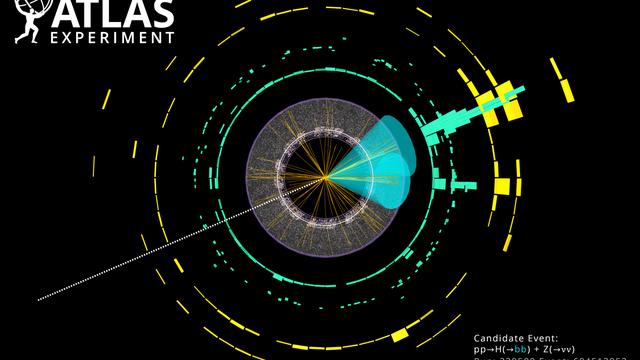Research Projects
Participación del IFAE en el experimento ATLAS en el LHC: actualizacion del detector
FPA2015-ATLAS Upgrades
Participación del IFAE en el experimento ATLAS en el LHC: actualizacion del detector
The Large Hadron Collider (LHC) data taking period of 2009-2012 was a success and experiments made outstanding measurements, like the recent discovery of a Higgs boson-like particle. In order to further challenge the energy frontier, the LHC has been upgraded to increase the center of mass energy from 8 TeV to 14 TeV. By 2022 the instantaneous luminosity will be incremented further by a factor of ten (HL-LHC). In order to cope with the higher luminosities, ATLAS will completely replace the current Inner Detector (ID) with several layers of semiconductor detectors. The future system of pixels and strips detectors is called ITk.
The core of the ATLAS ID is the Pixel Detector, which plays a key role in many critical measurements since it significantly enhances track impact parameter resolution, and therefore, vertex reconstruction and b-tagging. Specially important is the inner layer, which also has to sustain the highest radiation doses. During the recent 2013-2015 shutdown, ATLAS inserted an additional pixel layer (Insertable B-Layer or IBL) inside the Pixel Detector to improve the performance of the silicon system. The IBL, mounted directly the beam pipe, is designed to sustain a NIEL dose of 5E15neq/cm2. After an exhaustive qualification period in 2011-2013, two sensor technologies were selected for the IBL: the traditional planar approach and the state of the art 3D design. More than half of the 3D devices now operational in the IBL were produced at IMB-CNM (Spain).
Based on the accomplishment of the 3D sensors for IBL, a new ATLAS experiment designed to study diffractive physics (ATLAS Forward Protons or AFP) has selected the IMB-CNM 3D sensors for the tracking system. The current AFP design foresees a high resolution pixelated silicon tracker located at 210 m from the ATLAS interaction point and placed at 2-3 mm from the LHC proton beam. The IFAE group played a major role in the effort that led to the ATLAS Collaboration Board approval of AFP in June 2015. AFP has now become an official ATLAS upgrade project (Phase 1) and the AFP tracking detector is the institutional responsibility of the institute.
The 3D technology already proved to be better suited for the innermost layers of the pixel detector, however, given the unprecedented large radiation doses expected for the HL-LHC, new improvements, like material and pixel size reduction, will be needed. The current ITk schedule foresees to finalize the Technical Design Report (TDR) by the second half of 2017. The TDR will include the baseline technology for the pixel detector. It is thus critical to qualify the 3D devices in the next few years. IMB-CNM and IFAE have to fabricate, assemble, irradiate and characterize 3D sensors to consolidate the 3D technology as an option for the inner layers of ITk.
There are two closely related objectives in this project. First, to fabricate the AFP tracker in Spain. The sensors will be produced by IMB- CNM and assembled and qualified by IFAE. Second, to develop and qualify new pixel technologies that will ensure a leading role of the IFAE and IMB-CNM groups in the future HL-LHC ATLAS upgrades.
This project FPA2015-69260-C3-2-R is funded by MCIN/AEI/10.13039/501100011033 and by “ERDF A way of making Europe”.





